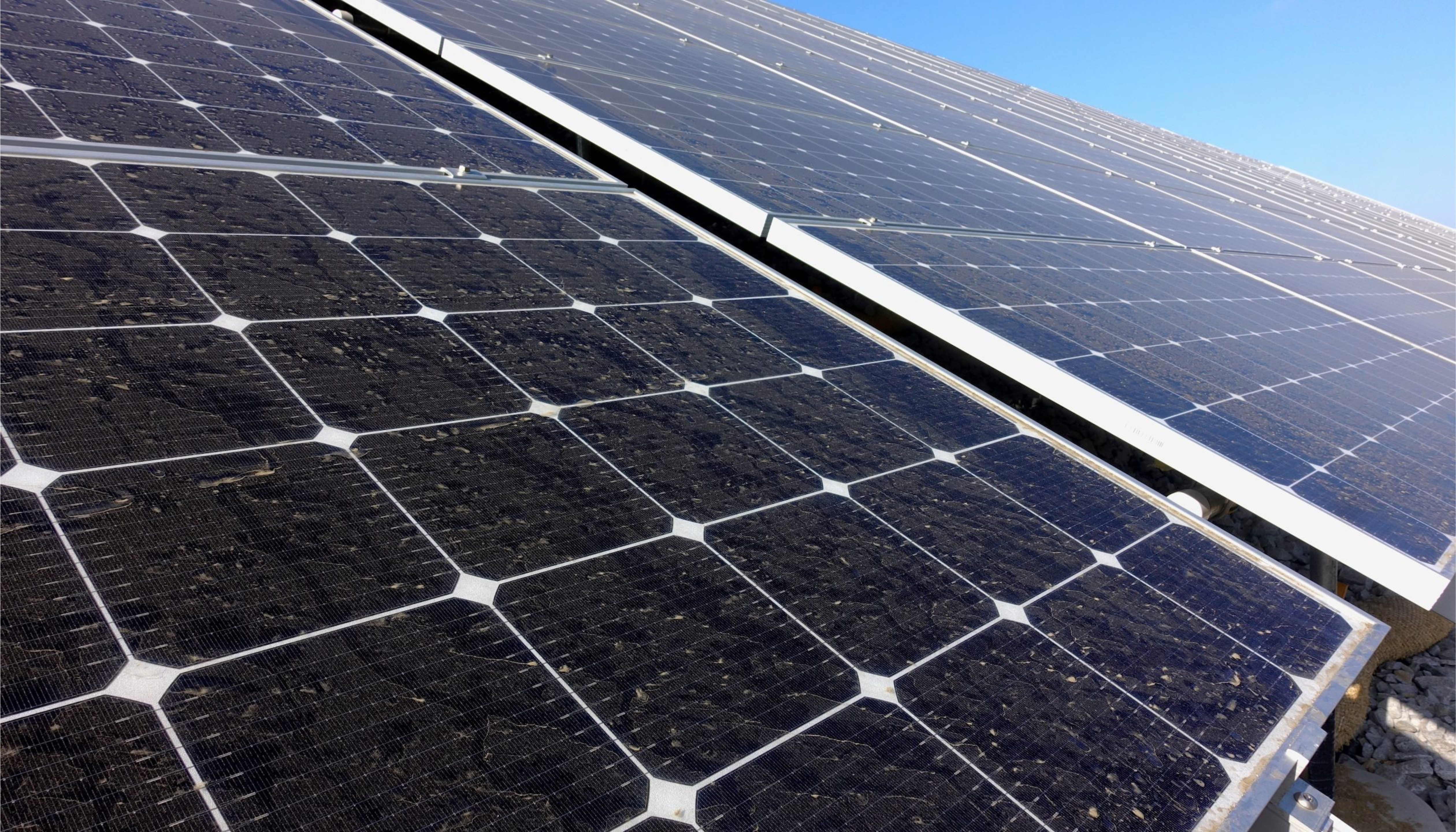
What Nobody Told You About Keeping Your Solar Panels Clean
Your panels could be producing up to 30 percent more energy.
Solar energy can be a great investment for a variety of reasons. It makes the world a better place – and it saves you money every year on your utility bills.
The financial benefits of solar are attracting more and more home- and business owners to this sustainable form of energy production. However, despite solar power being one of the fastest-growing industries in the US with an increasing number of people converting their energy source to solar, there is one crucial piece of information that the majority of solar owners are not being told: The dirt on your panels causes significant losses of energy production – and these losses can easily be avoided. All you have to do is keep the panels clean.
“The productivity of solar panels will decline a little bit naturally over time – that’s the case for all solar panels. But a lot of the production solar owners lose is due to their panels being dirty – and that’s one thing you can actually prevent with a simple solution,” said Matthew Casey, CEO of RST CleanTech Solutions, North America.
Dirty solar panels means less electricity production
The vast majority of current and future solar owners are unaware of the considerable impact soiling has on their solar panels’ ability to produce energy. In fact, soiling steals up to 30% of the energy the panels are capable of producing. And it comes in many forms: from bird droppings and pollution to falling leaves and salt from the ocean. All of which makes it harder for the particles of light to reach the panels, which keeps your panels from producing energy – and that means less solar-powered electricity for you.
Dirt on panels is not a new problem in the world of solar – but the perfect solution has been missing in the past. In fact, in most cases, the estimated output of a particular solar system is being calculated with ‘unavoidable losses due to soiling’ in mind. Solar owners are told that it is simply inevitable that the panels will lose a certain amount of production – including losses due to panels being dirty.
In an attempt to compensate for the production loss, many solar owners resort to adding more panels to their system, when in fact the problem in many cases can be solved by keeping the panels consistently clean, which means rinsing them up to 3 times a week. Dirt builds up after only a few days and can go to pre-cleaned dirtiness in only a few weeks. If you have your panels cleaned once or twice a year, which most solar manufacturers require in order to satisfy the warranty’s terms, it barely makes a difference when it comes to the production losses.
So, which cleaning method is the best?
There is no shortage of cleaning methods and services available to solar owners. But there is not necessarily a correspondence between price and quality. In addition, there are certain things to be mindful of to make sure the cleaning method you choose will not harm your panels or void your warranty.
The most common cleaning methods – with their pros and cons – are:
Cleaning the panels yourself
Some solar owners choose to take on the task of cleaning the panels themselves – usually in an attempt to save money. However, climbing up on your roof is hazardous and can be quite a hassle. In addition, cleaning solar panels the right way requires using clean, soft water to avoid lime-scale build-up that can damage the panels. Hard brushes and soap can also harm the panels – and if you rinse them with cold water on a hot day, the glass of the panels may crack. The DIY method is risky, and if something goes wrong, your warranty may not cover you.
Professional cleaning services
Many solar owners hire a cleaning service a few times a year to get their panels washed. It takes the hassle of having to get up on your roof out of the equation, and you can trust that the water has been treated appropriately. But getting your panels cleaned by professionals can cost up to $300-$500 per cleaning, and if you clean your panels a few times a week (which is what it takes to increase panel production), you will easily spend more money on keeping the panels clean than what the extra energy production is worth.
Automated cleaning systems
An easy and convenient way to make sure your panels are performing optimally is with an automated cleaning system. It doesn’t require anyone getting up on the roof to clean the panels, and it makes it possible for you to clean them often enough that the dirt doesn’t have a chance to build up. Most automated cleaning systems are for large-scale commercial solar systems only – but RST CleanTech Solution offers a system for residential solar owners as well that will not ‘break the bank’. In fact, it pays itself faster than your solar project does, improving your overall financials. The system uses technology that keeps the panels consistently clean with only minimal use of water and no soap, increasing energy production up to 30%. It doesn’t require maintenance with exception of a yearly filter change on residential systems, and it can be controlled by an app – putting convenience first.
Relying on the rain to do the job
This option really shouldn’t be on this list. But unfortunately, a common misconception is that occasional rain is enough to take care of the problem with dirty panels. Counting on rain to keep your panels clean is problematic because even after heavy rain, the dirt quickly builds back up and production goes back down. And light rain is even worse because instead of cleaning the panels, it cements the dirt to them, making them harder to clean.
It’s important to choose a solution that will increase panel productivity without costing more than the value of the extra energy production. Clean your panels 2-3 times a week and make sure you don’t harm the panels in the process.




